Voices: An Indian mother learns what being Black in America means
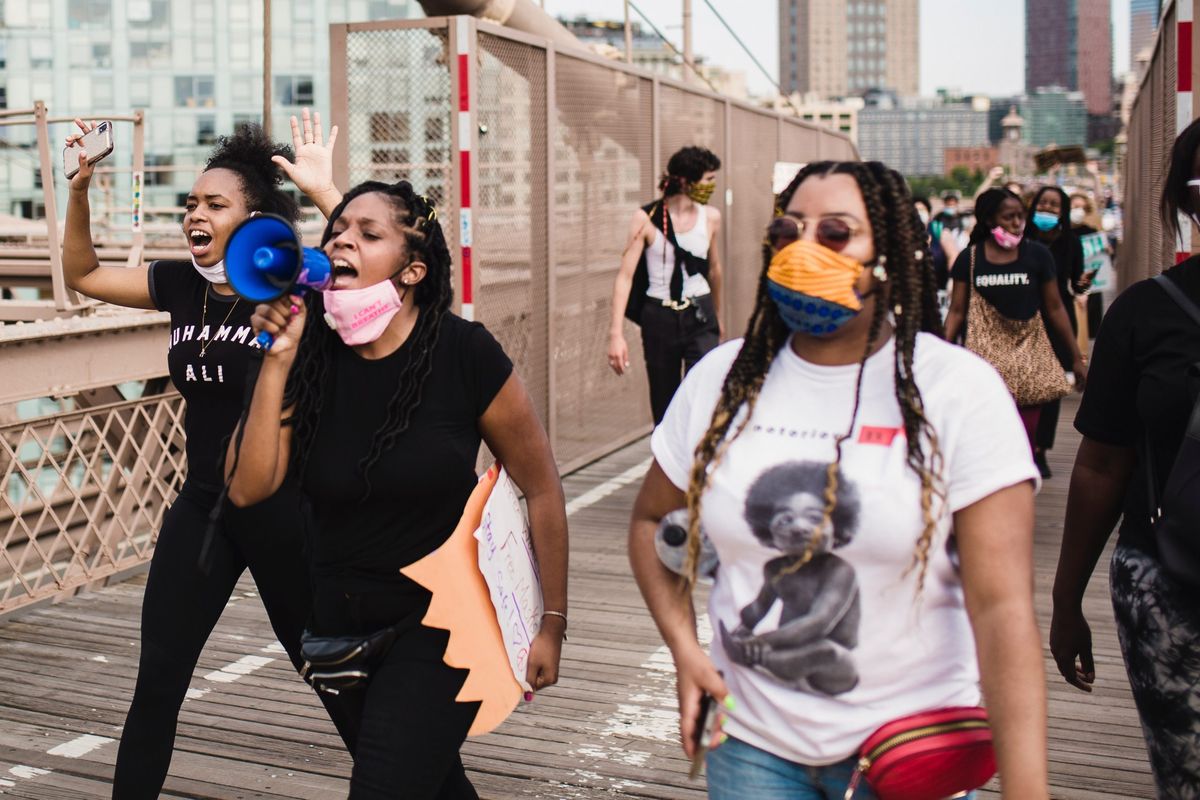
A few minutes every morning is all you need.
Stay up to date on the world's Headlines and Human Stories. It's fun, it's factual, it's fluff-free.
I’m Indian, born and raised in Bombay (AKA Mumbai). I was 17 years old when I migrated to the United States.
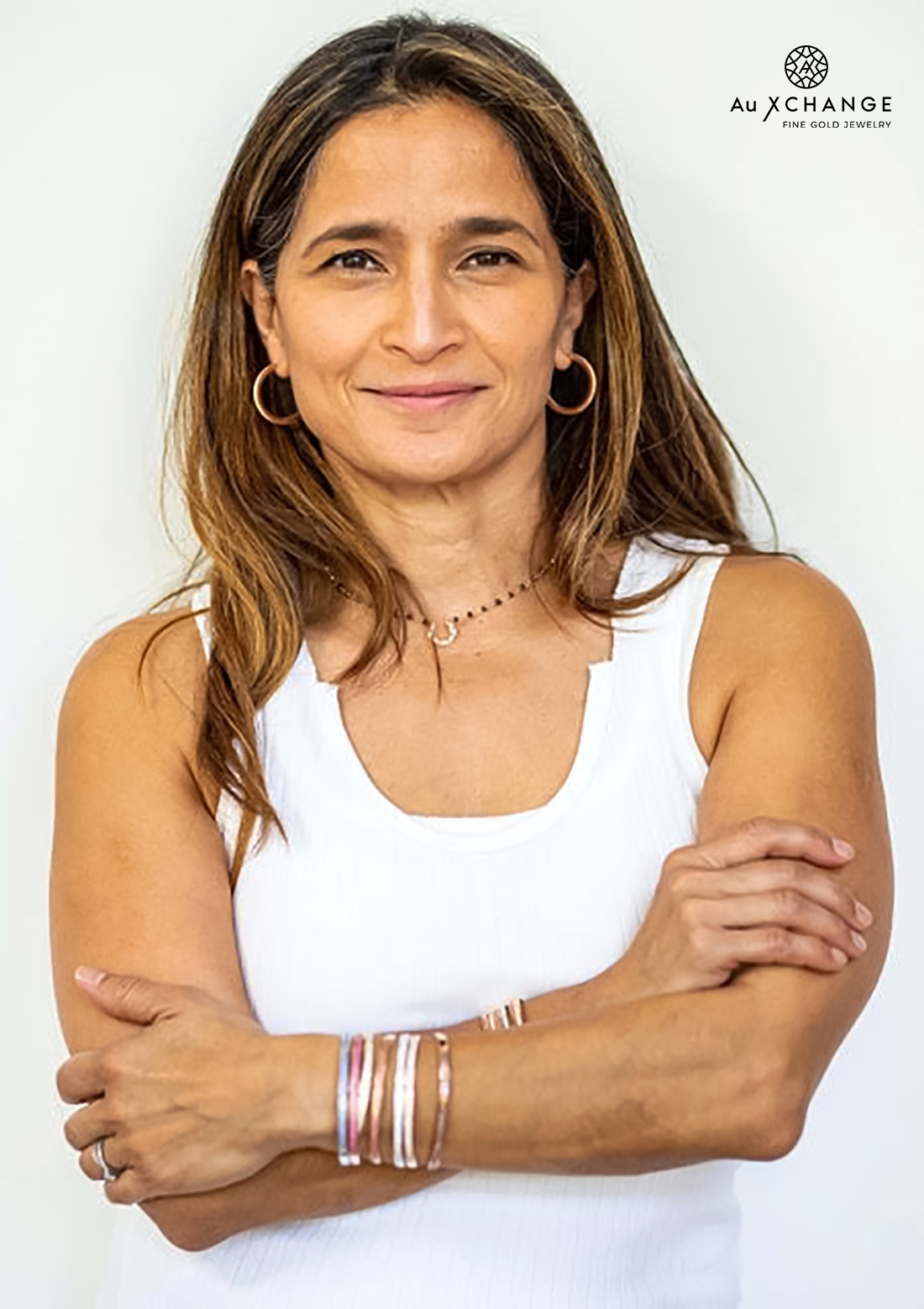
Growing up in India I hardly knew any Black people. To be honest, I didn’t even give skin color much thought because as a lighter-skinned Indian, my “fairness” was an advantage and one less problem for me to be concerned about. Although there were plenty of dark-skinned Indians, especially from Southern India, I rarely came across many Black people from Africa, or anywhere else. The dark-skinned Indians were called “Kaala (m) or Kaali (f)” meaning Black in Hindi. Growing up in India, I recall only two instances of interacting with Black people of African origin before the age of 15: (1) My father befriended a family from Zanzibar while working in Dubai, United Arab Emirates and invited them to stay at our flat in Bombay for several weeks during their son’s cancer treatment and (2) my cousin’s Black musician friend whom I met briefly while visiting my aunt in London on holiday.
When I moved to the US, I lived in Chicago and made friends without regard to the person’s background, gender, race, religion, ethnicity, socio-economic status. I was just trying hard just to fit in – I was after all, as a lot of people were keen to observe, “fresh off the boat” with “surprisingly good English.” Indeed, one of my closest friends at the time was a wonderful Black girl from the South Side of Chicago. But when I visited her a few times, we were both acutely aware of how out of place I seemed in her neighborhood. Similarly, in law school, my friends spanned the gamut. Afterward, living and working in the melting pot that is New York, I came across and enthusiastically engaged with people from diverse backgrounds and experiences.
I moved to San Francisco and married a New Yorker, a Black man of Jamaican-Panamanian origin. Being with him, I observed many prejudices and stereotypes that non-Blacks, including Indians, Iranians, Asians and others are not burdened with. For example, because we are relatively affluent, people assume that my husband must be an athlete. How else can a Black man make a good living? In fact, my husband is a brilliant and successful lawyer. Racial stereotypes that define successful Black men based solely on their physicality, ignoring their intelligence, are abhorrent, exposing a deep-rooted racial prejudice. This stereotype is global – when we visited India together, people assumed he was part of the visiting West Indies cricket team. At the airport in Mumbai, the security guard checking our tickets and passports stopped us and asked how we were related. When we responded that we were married, the guard asked me in Hindi, “What are you doing with this Black guy? You are fair, you could have any guy.” That incident deeply marred my husband’s desire to visit India again or let our kids visit India until they are older and emotionally mature.
The conduct and comments directed at my husband – consciously or subconsciously – were, to put it mildly, eye-opening. But it paled in comparison to how I felt when racially infused behavior and comments were directed at my children. Until then, I did not comprehend fully the magnitude of the burden Black people carry for no reason other than the color of their skin. I recount here only a few examples since to document every detail would require a novel and make me completely lose all faith in humanity.
I remember taking my infant daughter to Northern Germany for a work trip. While there I decided to visit my close friend for a few days. Strolling through the town center of a quaint little town, an older woman looked into my daughter’s stroller and exclaimed, “Ah, ein Schoko-Kind!” (meaning, a chocolate baby). I’m sure the stranger did not intend any harm, but I wondered if she went up to strollers with white kids and exclaimed, “Ah, ein Weißes Schoko-Kind!” (a white chocolate baby). Indeed, the expression does not even exist in the German language. The sole point of her exclamation was to point out my child’s skin color.
The process of trying to get my kids into the elementary schools of our choice was also revealing. With San Francisco’s public education system in such disarray, we looked at private and parochial schools, all of which are very competitive. During discussions with other parents about how to best position my kids to be accepted into one of those schools, the common refrain was, “Oh, you’re a Black family, you will get into any school,” numb to the highly offensive implication of this statement. My husband and I are both highly educated and accomplished individuals with two kids who are both highly intelligent, athletic, sociable, fun, friendly with amazing contributions to make, in addition to being Black.
Another incident that left an impression on me was a summer dinner party at the house of one of my daughter’s friends’ homes in San Francisco. My daughter attends an all-girls private school in San Francisco. The three families in attendance at the dinner were all mixed-race families from the school – ours being the only mixed-race Black family. The children decided to stage a cops-and-robbers play to entertain themselves. The adults sat with their drinks eavesdropping happily as the kids decided who plays what part. My daughter and another little girl still didn’t have roles figured out. The little girl looked at my daughter and said, “You should be the robber since you are Black.” My daughter retorted indignantly, “I’m not Black.” She was 6 years old then and all she knew was that she did not want to be the bad guy, the criminal. It was a heavy moment and it tore me up inside – watching and listening to my daughter disown her race because of how society portrays Black people. My daughter has come a long way and embraces her skin, her hair and her beauty, celebrating all the differences that make her unique.
My son has always been a little more in touch with the Black side of his identity. We moved him to a private school in Oakland in First Grade so that he was surrounded by more people who looked like him. He enjoyed it for the first couple of years and had amazing teachers. Even though the student body in Oakland is a little more diverse than San Francisco, when institutions are run and high-level decisions impacting the student body are made primarily by white people, implicit and explicit biases seep in. Four days into Third Grade, his teacher wrote to us claiming she had identified “focus” issues in my son. We thought it was a little premature but deferred due to her decades of experience as an educator. Thereafter, she wrote every week identifying one nit after another. One month into school, she removed my son from the other children and placed his desk next to her facing the rest of the class. He was the only child who sat by himself. We came to dread hearing from her. At first, we thought our son was misbehaving, but it soon became apparent based on the incident reports that she was embellishing issues based on my son’s background.
Sadly, the school administration was unsupportive and, agreeing with the teacher’s unscientific diagnoses, required us to get him evaluated for ADHD. We agreed to get him evaluated but wanted to use a reputable outside psychologist rather than one the school recommended. The school warned us that they may not accept the results even though we used a Stanford University child psychologist. The evaluation confirmed what we had known all along – our son had advanced intelligence for a boy his age and in fact had a high level of executive functioning. Yet another educational institution purporting to act in the best interest of the child had conveniently failed a Black child. There have been many similar incidents of either outright discrimination or passive exclusion in both my kids’ school, social and athletic environments – so many that recounting them all would take chapters. Through them, I have become painfully aware of the burden that skin color imposes in every aspect of life.
I also recall going out on a Mom’s Night Out shortly after news broke about the so-called “Varsity Blues” college admissions scandal with a group of – all-white – school moms. I was looking forward to a rare evening of fun female solidarity but our discussions invariably turned to how our respective kids were battling with issues like learning difficulties, gender identity, etc. I of course added my two cents about challenges my kids face as Black kids, emphasizing how afraid I was to let them wear a hoodie after the murder of Trayvon Martin, to allow my son to have toy guns, or how to react to people who said my 11-year old daughter was “ very mature,” currently recognized as “adultification bias” wherein Black girls are perceived as more adultlike and less innocent (and thus less in need to protection) than white girls in school and other environments.
I have come to understand that conversations that implicate race can be difficult but I was unprepared for the reaction from my white counterparts who accused me of injecting “race” into what they viewed as a perfectly pleasant conversation. They seemed offended, which then offended me. As a light-skinned Indian, I blended in – I could be Indian, Persian, Latin, Italian and some even think that I’m white. I had apparently committed the taboo of raising my reality, which for them was an uncomfortable, polarizing topic in a social setting. One white woman married to an Asian man dismissively observed that her white-Asian kids encounter similar issues that my obviously Black children encounter. I found this to be especially ironic considering that we were in Chinatown, San Francisco – a city that boasts an Asian population of nearly 40%. By drawing equal parallels between the treatment of her white-Asian children in a majority White-Asian community to that of my Black-Indian children, she had whitewashed my concerns. I suppose this is what “white privilege” means. It was plainly ignorant and underscored the failure to accept and acknowledge the racial history of this country and the vestiges that remain today, including the wide-scale disenfranchisement of Black people, their communities and the brutality and death of Black men and boys at the hands of police officers.
More recently, a silver lining of the COVID-19 pandemic following the murders of George Floyd, Breonna Taylor, Ahmaud Arbery and the shooting of Jacob Blake and the public protests of them, is a more acute acknowledgment of the systemic racism and biases that Black people in America face at the hands of the police. Jacob Blake was inhumanely shot right before his children’s eyes without regard to the psychological impact that such an act might have on young, impressionable minds. Examples of the reckless disregard for the well-being and development of Black children are rampant – the shooting of Philando Castile in his car with his girlfriend and four-year daughter present, the 2015 McKinney Pool Party incident where Black teenage girls were violently restrained, the recent Santa Clarita incident where deputies held two Black teens at gunpoint when they were the victims of a knife attack by a homeless man, Tulsa police officers violently arresting Black teens for jaywalking and thousands more. A quick Google search for “cops beating Black teens” produces innumerable shocking videos and social media posts. One almost feels like the law enforcement community has been indoctrinated to view Black kids as less than human, as unworthy of their empathy or compassion.
Hence, daily pronouncements on social media including the participation by white businesses in the Blackout Tuesday black square to express solidarity with the Black Lives Matter movement, seem promising. Promises to be more “anti-racist,” to be more aware of their own “white privilege,” to actively promote and contribute to the success of Black businesses – all steps in the right direction. I was in equal parts filled with infinite hope by the many marches, protests and activism all across the nation condemning racism and bewildered by the lack of outreach as to the well-being of my children as well as some of the other Black families by the white families in my very progressive community – some of whom we have known for over a decade – who were loudly and proudly publicizing their participation in protests. I wondered how people could march for anti-racism in support of strangers when they were not connecting directly with the few Black families in their community?
Undoubtedly some progress has been made in the past few months. But the momentum of that progress seems to have tapered off. Interest has waned. Lethargy from being constantly aware of race has set in. One just has to observe the difference in the public’s reaction to the shooting of Jacob Blake in the back. White people have that luxury – they can get enraged at injustice, promote “anti-racism” but disconnect and move on when mundane obligations of their daily lives and responsibilities of earning a livelihood take precedence. Yet another privilege of being white. But Black people and Black families can’t just disconnect from the color of their skin. Looking back at my own upbringing, I realize that issues of race cannot be fully embraced by those not directly or indirectly impacted by it. It’s too great of a burden to bear.
My husband and I have endeavored – as many parents do – to raise our children with a sense of self-esteem, honor and respect, both toward themselves and others. We will continue to provide them the tools they will need to grow into healthy, happy and accomplished human beings. When the deck is stacked against you, as it is for most Black families, parenting feels like preparing for battle every day.
This Voices story was written by Azra Mehdi, is the founder of Au Xchange Fine Gold Jewelry and The Mehdi Firm, PC and lives with her husband and two children in San Francisco.
Have a story to share? Get in touch at contributors@themilsource.com

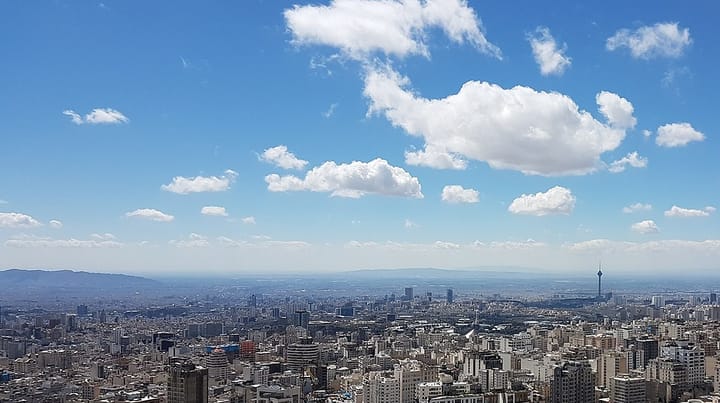
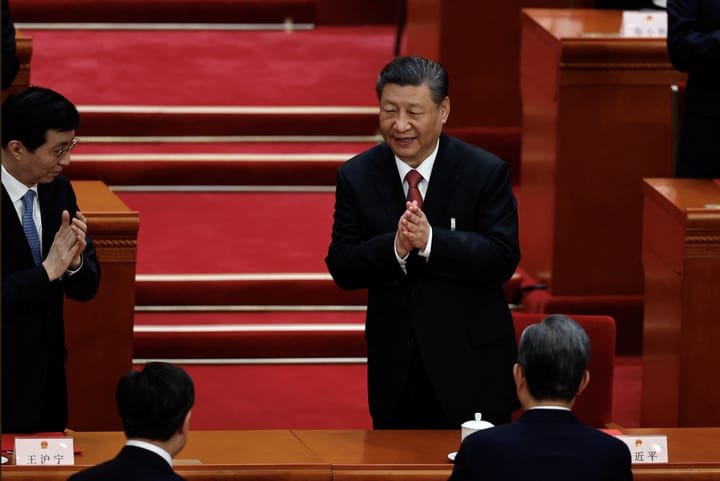
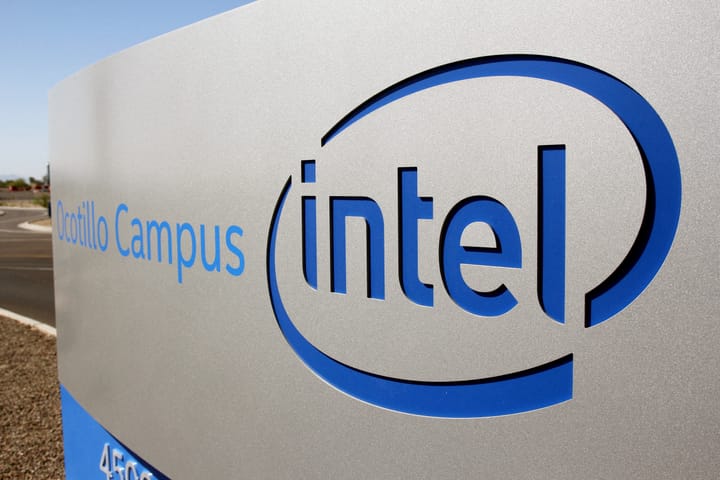
Comments ()